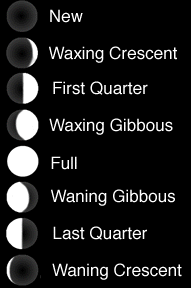The Phases of the Moon.
Click on image for full size
How Do the Phases Get Their Names?
When the Moon appears smaller than a quarter, we call it a crescent.
When the Moon appears larger than a quarter, we call it gibbous. When
the moon is getting bigger (phases New to Full) it is waxing. When it
is getting smaller (phases Full to New) it is waning.
For example, if today the Moon were a waxing
crescent, then tomorrow the crescent shape would continue to
grow larger, approaching first quarter. After first
quarter, the Moon would be a waxing gibbous, and
continue growing until it reached full. The Moon
would then begin to shrink, becoming first a waning
gibbous and eventually reaching third
quarter. Following third quarter it becomes a waning
crescent, and continues to shrink until it becomes invisible
at new Moon.
Just in case you can't remember all of this, there are a few handy
ways to recognize whether the Moon is growing or shrinking. A
crescent moon which looks like a "C" is shrinking (C for collapsing!).
If it looks like a "D", then it is growing. This is true for a
gibbous Moon as well, but it's a bit trickier to picture. If the edge
of the Moon (the real edge of the Moon, not the edge of night on the
Moon) is curved like a "C", the gibbous Moon is shrinking. Another
way to think of it is that the Moon always grows or shrinks from the
right to the left.
You might also be interested in:
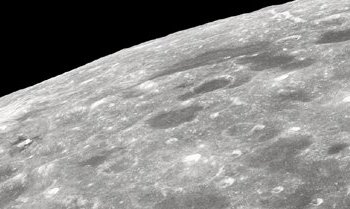
What phase was the Moon in on December, 22 1962? How long does it take the Moon to travel from one phase to the next? Suppose that the Moon spun twice on its axis during each orbit around the Earth. How
...more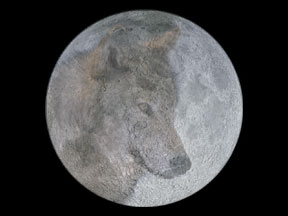
You may have heard people refer to a Full Moon in the autumn as the "Harvest Moon" or the "Hunter's Moon". Native Americans in the eastern and northern parts of North America had special names for the
...more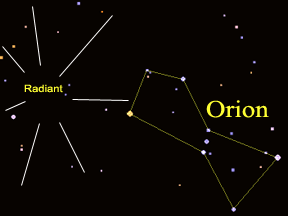
The Orionid meteor shower is one of several major meteor showers that occur on roughly the same date each year. The Orionids typically "peak" (are at their greatest level of activity) around October 21st.
...more
The Quadrantid meteor shower is one of several major meteor showers that occur on roughly the same date each year. The Quadrantids "peak" (are at their greatest level of activity) in early January. In
...more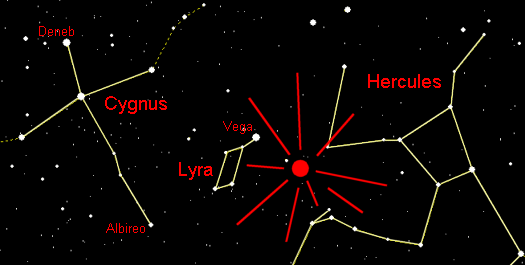
The Lyrid meteor shower is one of several major meteor showers that occur every year. A particular meteor shower happens around the same time each year as Earth's orbit carries it through the same region
...more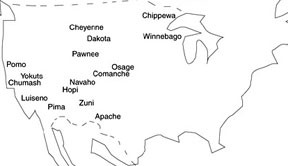
By 30,000 B.C,. Asian hunter-gatherers had crossed the Bering Strait into North America. These people were the first to inhabit this new land and so they are known as the Native Americans of North America.
...more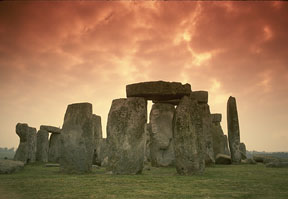
"The movements of the heavenly bodies are an admirable thing, well known and manifest to all peoples. There are no people, no matter how barbaric and primitive, that do not raise up their eyes, take note,
...more


